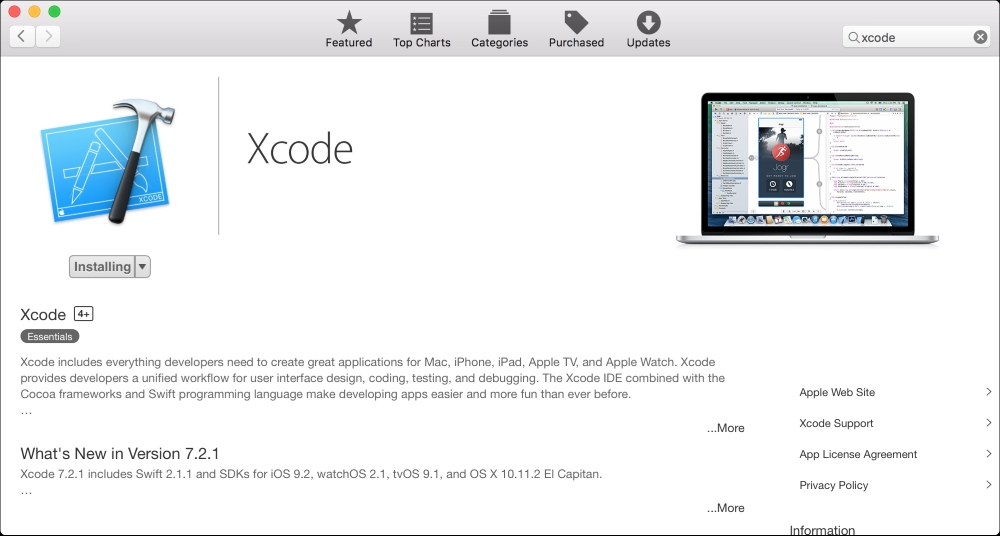
- #Install mysql on mac via vagrant install
- #Install mysql on mac via vagrant update
- #Install mysql on mac via vagrant free
- #Install mysql on mac via vagrant windows
=> developer: that you do not want others to see!

=> developer: Make sure to xxx out any potential API keys or passwords => developer: "puphpet/config.yaml" FILE. => developer: PLEASE REMEMBER TO INCLUDE THE CONTENTS OF YOUR => developer: answered, open a new ticket! => developer: and search for your problem. => developer: Please go to our Github issues page at: => developer: Did something go wrong? Don't worry! I can (maybe) help! => developer: Waiting for machine to boot. => developer: Running 'pre-boot' VM customizations. => developer: Preparing network interfaces based on configuration.ĭeveloper: 22 (guest) => 6241 (host) (adapter 1)ĭeveloper: 22 (guest) => 2222 (host) (adapter 1) => developer: Clearing any previously set network interfaces. => developer: Setting the name of the VM: Developer_developer_1486767926284_24830 => developer: Checking if box 'puphpet/ubuntu1604-圆4' is up to date. => developer: Matching MAC address for NAT networking. => developer: Importing base box 'puphpet/ubuntu1604-圆4'. The Issue a vagrant up and take a break while the box is provisioned.īringing machine 'developer' up with 'virtualbox' provider. The Vagrant box’s actual name will be taken from PuPHPet’s config.yaml regardless. The directory name you choose isn’t important as long as you remember what box is in it. In my case I have a Vagrant folder on a secondary hard drive that I use for Vagrant boxes. Important: Use an elevated Command Prompt (Start button, type “cmd”, hold Ctrl+Shift and press Enter) for all commands.Ĭreate a new folder where you would like to store the content and config for your new Vagrant box.
#Install mysql on mac via vagrant install
vagrant-hostsupdater: vagrant plugin install vagrant-hostsupdater.vagrant-triggers: vagrant plugin install vagrant-triggers.vagrant-winnfsd: vagrant plugin install vagrant-winnfsd.

Use the vagrant-triggers plugin and a couple bash scripts to obtain developer happiness. However, the scripts included below to backup and restore your databases are still sound and can be used with the built-in triggers in Vagrant 2.1.0 and later. When I have found and implemented an alternative solution I will post and link from here. Due to these two issues this howto guide can no longer be followed to get the expected result. Also, the vagrant-triggers plugin has been superseded by the built-in triggers in Vagrant 2.1.0 and later, which is a good thing.
#Install mysql on mac via vagrant update
UPDATE : Unfortunately the PuPHPet project has been abandoned and is no longer viable as an easy-to-use Vagrant/Puppet configuration generator.

#Install mysql on mac via vagrant windows
Forget Vagrant and use Docker? No, I’ve tried it and though many love Docker it’s not for me perhaps when Docker for Windows is as good as Docker for Mac/Linux. Map MySQL data directory to host? No, been there done that, DB access is noticeably slower. Separate VM? No, that’s more resources and adds complexity. ProblemĪnd so it got me thinking – how can I make the databases persist between vagrant destroy and vagrant up so that I don’t lose them just because my memory was lacking. So that was an exciting learning experience.
#Install mysql on mac via vagrant free
Thankfully I use the wonderful and free Veeam Endpoint Backup to backup daily and was able to restore the old VMDK, connect it to a VirtualBox VM, use Ubuntu recovery mode to gain access, and then backup the databases to a shared folder. Have you ever run vagrant destroy on your box before you realized you wanted to keep the MySQL databases? Well I have, last night actually.


 0 kommentar(er)
0 kommentar(er)
